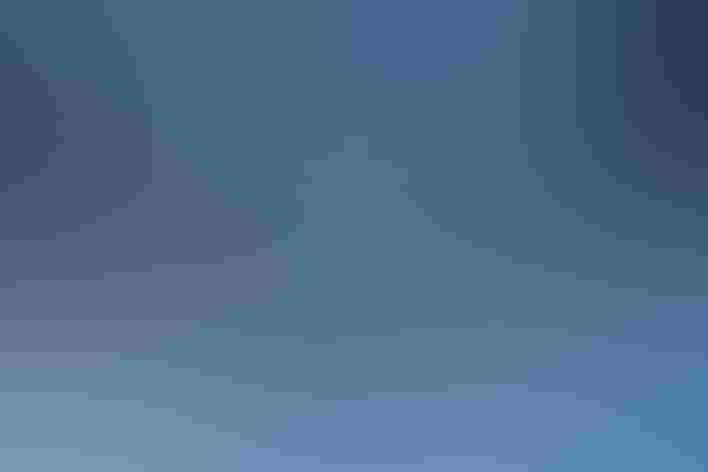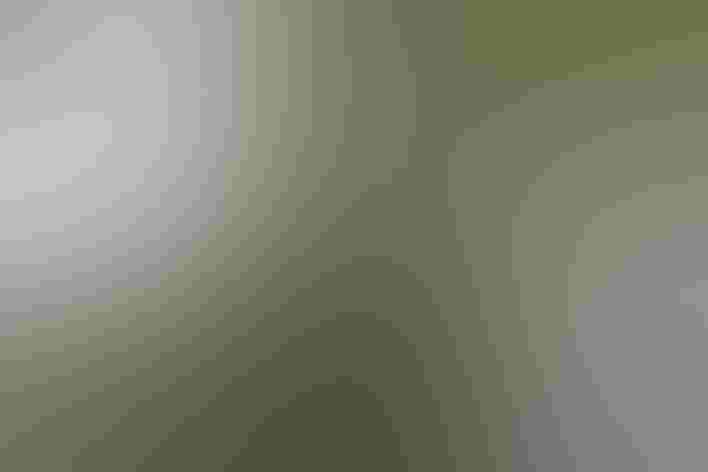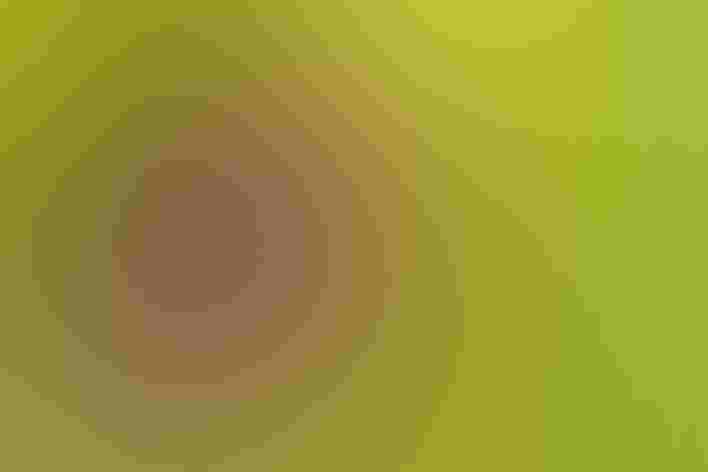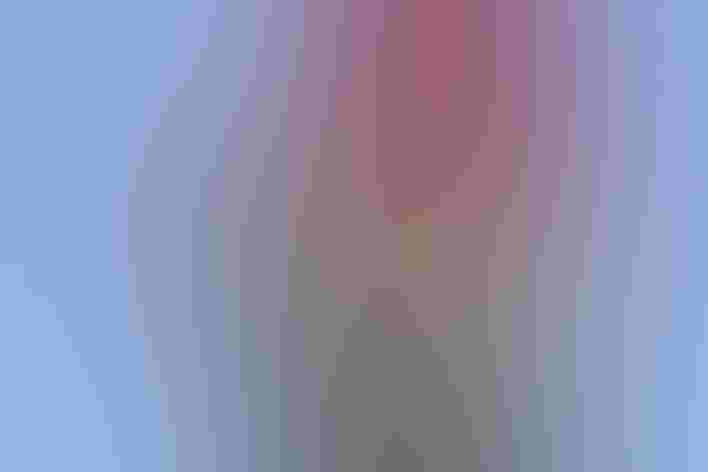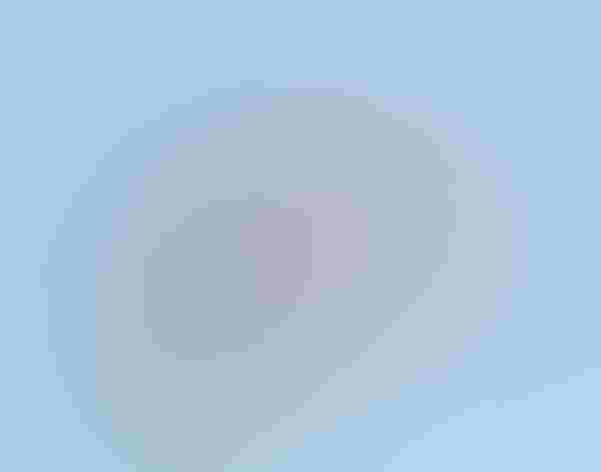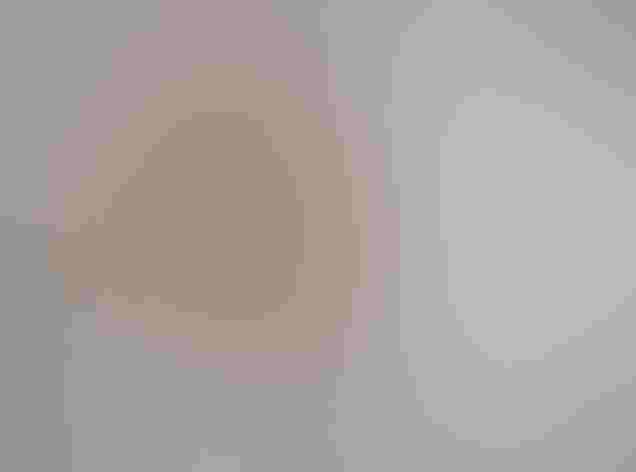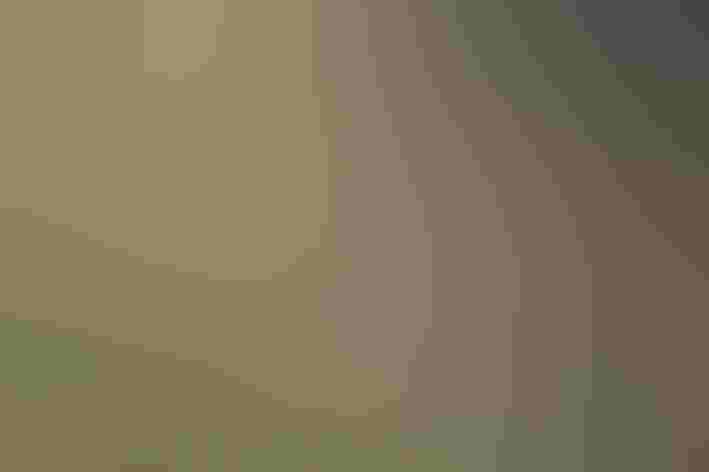House Finch
At a Glance
Adaptable, colorful, and cheery-voiced, the House Finch is common from coast to coast today, a familiar visitor to backyard feeders. Native to the Southwest, they are recent arrivals in the East. New York pet shop owners, who had been selling the finches illegally, released their birds in 1940 to escape prosecution; the finches survived and began to colonize the New York suburbs. By 50 years later, they had advanced halfway across the continent, meeting their western kin on the Great Plains.
All bird guide text and rangemaps adapted from by Kenn Kaufman© 1996, used by permission of Houghton Mifflin Harcourt Publishing Company. All rights reserved.
Category
Finches, Perching Birds
IUCN Status
Least Concern
Habitat
Arroyos and Canyons, Desert and Arid Habitats, Fields, Meadows, and Grasslands, Forests and Woodlands, High Mountains, Shrublands, Savannas, and Thickets, Urban and Suburban Habitats
Region
California, Eastern Canada, Florida, Great Lakes, Mid Atlantic, New England, Northwest, Plains, Rocky Mountains, Southeast, Southwest, Texas, Western Canada
Behavior
Flitter, Rapid Wingbeats, Undulating
Population
40.000.000
Range & Identification
Migration & Range Maps
Mostly permanent resident in West, although some may move to lower elevations for winter. In the East, some are permanent residents but others migrate long distances south in fall. Migrates in flocks, mostly by day.
Description
Sexes similar. 5-6 in (13-15 cm); wingspan: 8-10 in (20-25 cm); weight: 0.6-1 oz (17-28 g). Females and young House Finches have rather plain brown faces, blurry stripes all over pale underparts (sharper stripes on juveniles). House Sparrows lack stripes; native sparrows all have different patterns, and most are more secretive. Male House Finch has red eyebrow and forehead contrasting with brown cap. Throat and chest red, lower underparts whitish, with dark stripes on sides. Compare to redpolls. Some males have red replaced by orange or yellow.
Size
About the size of a Sparrow
Color
Brown, Orange, Red, White
Wing Shape
Rounded
Tail Shape
Notched, Square-tipped
Songs and Calls
A chirp call like that of a young House Sparrow. The song is an extensive series of warbling notes ending in a zeee, canarylike but without the musical trills and rolls. Sings from a high tree, antenna, or similar post for prolonged periods.
Call Pattern
Complex, Falling, Rising, Undulating
Call Type
Chirp/Chip, High, Trill, Whistle
Habitat
Cities, suburbs, farms, canyons. The original habitat of the House Finch was probably streamside trees and brush in dry country, woodland edges, chaparral, and other semi-open areas. Now most commonly associated with humans in cities, towns, and farmland, especially in areas with lawns, weedy areas, trees, buildings. Avoids unbroken forest or grassland.
Sign up for ³Ô¹ÏºÚÁÏ's newsletter to learn more about birds like the House Finch
Behavior
Eggs
4-5, sometimes 2-6. Pale blue, with black and lavender dots mostly at larger end. Incubation is by female, about 13-14 days.
Young
Both parents feed nestlings. Young leave the nest about 12-15 days after hatching. Up to 3 broods per year, perhaps sometimes more.
Feeding Behavior
Forages on ground, while perching in weeds, or up in trees and shrubs. Except when nesting, usually forages in flocks. Will come to feeders for seeds, especially sunflower seeds, and to hummingbird feeders for sugar-water.
Diet
Mostly seeds, buds, berries. Almost all of the House Finch's diet is vegetable matter. Feeds mainly on weed seeds. Other important items include buds and flower parts in spring, berries and small fruits in late summer and fall. Also eats a few insects, mostly small ones such as aphids. Young are fed on regurgitated seeds.
Nesting
House Finch pairs may begin to form within flocks in winter, and some paired birds may remain together all year. In breeding season, male performs flight-song display, singing while fluttering up with slow wingbeats and then gliding down. Male feeds female during courtship and incubation. Males may sing at any time of year, and females also sing during spring. Nest: Wide variety of sites, especially in conifers, palms, ivy on buildings, cactus, holes in manmade structures, averaging about 12-15 ft above the ground. Sometimes use sites such as cavities, hanging planters, old nests of other birds. Nest (built mostly by female) is open cup of grass, weeds, fine twigs, leaves, rootlets, sometimes with feathers, string, or other debris added.
Conservation
Conservation Status
Now abundant over much of North America. In some parts of East, the House Finch may compete with Purple Finches to the detriment of the latter. Local populations in some areas have been hard hit by a bacterial infection called conjunctivitis, which swells their eyes shut and makes it difficult for them to feed themselves.
Climate Threats Facing the House Finch
Choose a temperature scenario below to see which threats will affect this species as warming increases. The same climate change-driven threats that put birds at risk will affect other wildlife and people, too.

